A Royal Air Force A400M Atlas has conducted the first-ever landing on the volcanic island of Jan Mayen, Norway, delivering a U.S. Marine Corps Joint Light Tactical Vehicle during a multinational deployment in the High North, the UK Defence Journal understands.
The operation involved Norwegian Armed Forces, UK Royal Marines, and U.S. Marines, and was supported from pre-positioned equipment stockpiles in Norway. Jan Mayen, located in the Norwegian Sea, is home to a small outpost supporting the Norwegian Cyber Defence and Meteorological Institute.
Vice Admiral Rune Andersen, Chief of the Norwegian Joint Headquarters, said in the NATO release that such operations demonstrate the ability and commitment of Allies to defend Arctic islands and surrounding waters if required. “The waters around Jan Mayen are vital to NATO in terms of securing international sea lines of communication and transatlantic supply routes.”
He added: “Our strength lies in our ability to integrate capabilities across domains and among NATO Allies. Regular Allied training and operations in Norway ensure readiness across all seasons and in times of crisis or conflict. This contributes to collective security and credible deterrence against future aggression. NATO remains a defensive alliance, but one always ready to respond if challenged.”
NATO highlighted that the High North is strategically critical as a gateway between North America and Europe and an arena for safeguarding freedom of navigation and transatlantic logistics. The landing on Jan Mayen, with its austere terrain and harsh weather, also underscored the logistical challenges of Arctic operations, where resupply must be meticulously planned.
The alliance noted it has a history on Jan Mayen, where NATO built a communications outpost at Olonkinbyen in 1958. More details are available from NATO here.


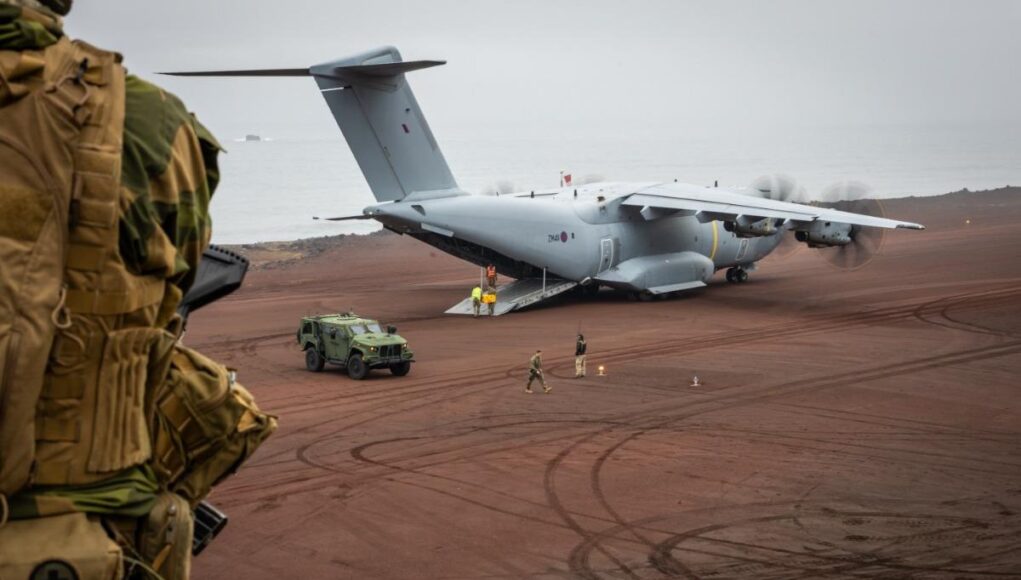
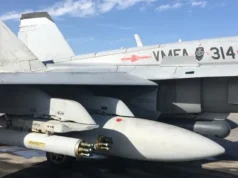

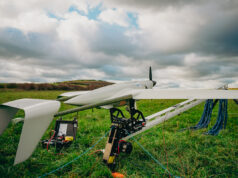
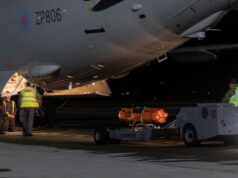
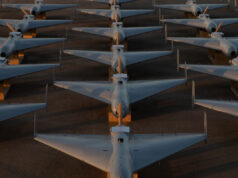
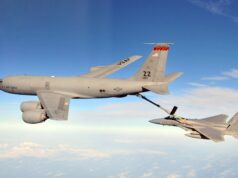
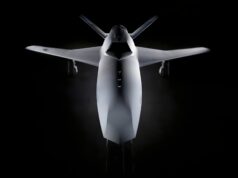

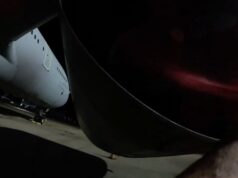
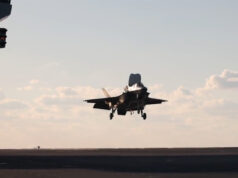

I think we should double down on the A400M fleet, sell our C17’s and also use it to replace the Voyagers after 2035. A fleet of 50 A400M doing everything would be much more efficient and effective.
Agree!
I was thinking before that we need a smaller cargo aircraft to prevent over using the A400 on smaller operations.
MoD support costs per aircraft type are outrageous so I think it’s important to reduce types as much as possible.
Between the A400M and the CH47 I can’t see many tasks that can’t be accomplished and the benefit of having 50 large aircraft that can also be used for AAR operations should not be underestimated.
I can see that the MOD being concerned about running costs and maintenance downtime for a large 4 engine aircraft when a smaller cargo aircraft could complement the A400m. These things ain’t cheap, 8 additional airframes would cost £750 million. I understand the argument that additional supply chains and logistics hard more headaches than savings, but maybe it’s worth Airbus A200M idea is worth exploring. Hell, I would love to see a few C-27J at £33 million each.
But more A400m would also be nice.
I would agree with you other than one key point max weight of payload and the British army propensity to be on the heavy side. The A400M has a max payload weight of around 37metric tons the C-17 is 77metric tons.. this means A400m cannot carry the armies modern armoured vehicles as ajex and boxer are in over 38 metric tons and challenger is in the 70 metric ton range.. that would mean there is no possible way of moving any of the units from the future armoured cav, MBT regiments or heavy mec battalions by air.. I don’t think that’s a capability we want to loss.. At present we could send a sabre squadron deployed as part of a battle group in the Baltic attritional replacement MBTs by air or deploy a future heavy MEC company by air ( slowly).. but without the C-17 every replacement MBT would need to be sent by the big slow boat.
I know the armoured vehicle argument comes up a lot however I don’t think the British army has ever flown a tank anywhere and deployed it and I think Ajax will be the same as well. Even where a tank can be flown the rest of its logistics train just makes it not worth doing.
An entire A400M fleet for tanker and transports is a 90% solution in my mind. It’s never going to be as capable individually as bespoke platforms but I can’t do almost everything while reducing cost and increasing mass and flexibility.
Much the same as using Typhoon for all combat aircraft roles. It’s good enough for most things and excellent at a lot.
Think Defence has proposed in the past that post-Ukraine War one of the ways in which European NATO (or Britain by itself) could help Ukraine’s economy recover is by collaborating with Antonov to produce a new design to replace C17 and the AN124, using RR engines and Western technology to produce a 150-160t true strategic airlifter. That would allow 2 of even the heaviest MBTs to be carried a very long distance, and then the numbers could be made up by extra A400s as a middle tier above Chinook.
An excellent idea as usual by Think Defence😉
Does an A400 have the fuel capacity to replace a Voyager – both for its own use to remain on station and at a decent range as well as having enough fuel to transfer to the receiving fighters.
Don’t know the details, but i doubt it. Voyager isn’t fitted with an internal fuel tank. The fuel it transferrs to fighter is from it’s own internal wings tanks and central tanks under the cargo bay. It has a huge fuel capacity. Its cabin is configured for 291 passengers, plus freight in its cargo bays. It also has secure communications and datalink, plus defensive aids systems.
Yes, thats as I understand the spec of a Voyager.
Seems a silly idea to use A400s as our main tanker when a Voyager has the legs and capacity to be a much better tanker.
Besides can’t have the lads flying around in a flying truck. I would imagine the tea and coffee services are much better in an A330.